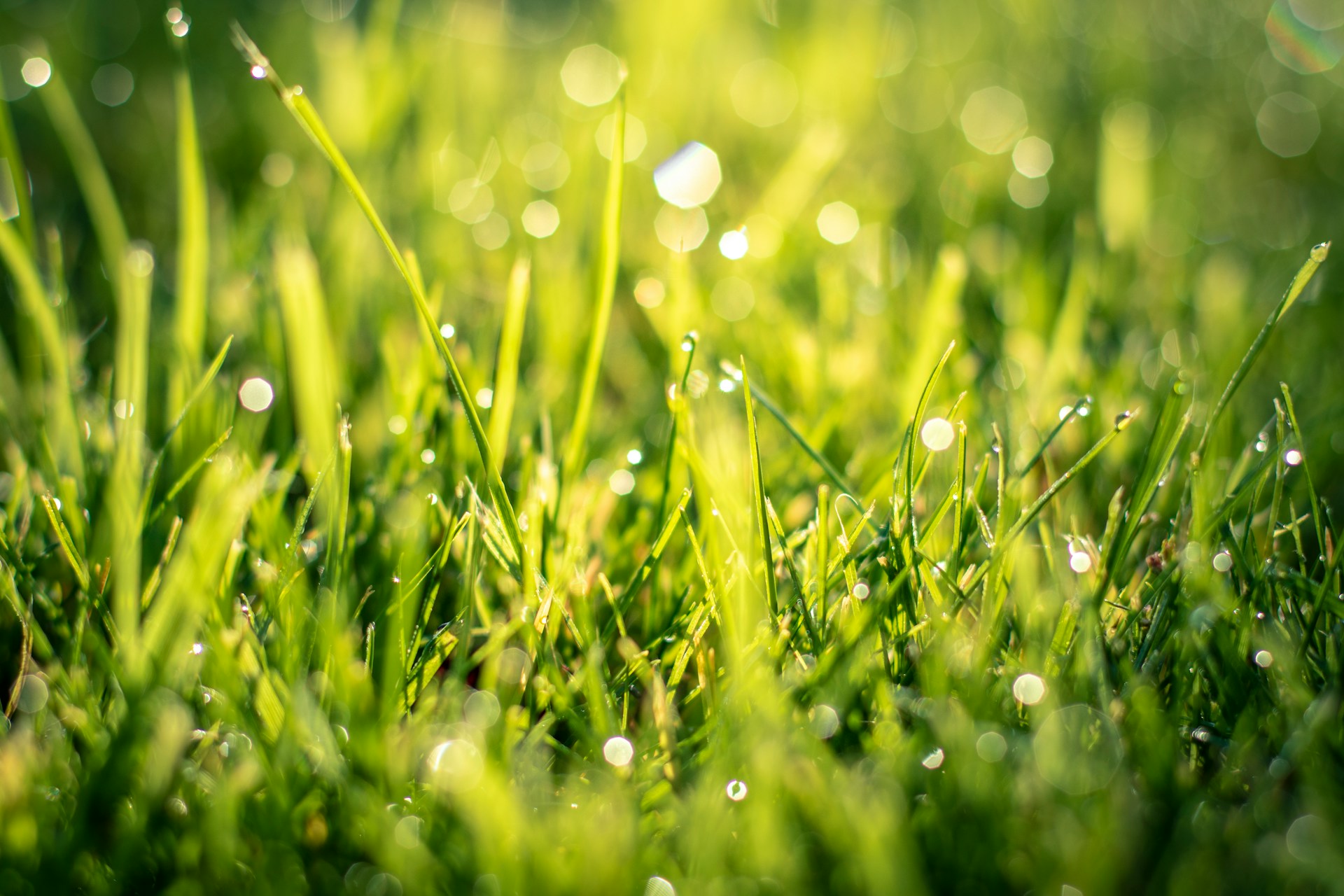Water is a fundamental resource for plant growth, but its application must be tailored to the needs of the soil to prevent wastage and promote efficient use. The type of soil in your garden or farm significantly influences how water is absorbed, retained, and drained. Understanding these soil types and their unique characteristics can help you adjust your watering schedule and techniques, particularly when using sprinkler systems, to provide your plants with the right amount of water without overuse or underuse.
The Basics of Soil Types
Soils are classified into several main types based on their particle size and composition. These include clay, silt, sand, loam, and various combinations thereof. Each soil type has distinct properties affecting water retention, drainage, and the availability of water to plants.
- Clay Soil: Composed of fine particles that stick together, clay soil has high water retention but poor drainage. It can hold water for a long time but also becomes very compacted, making it hard for roots to penetrate.
- Silt Soil: Silt particles are smaller than sand but larger than clay. Silt soil has good water retention and a smoother texture, which allows water to penetrate more easily than clay.
- Sand Soil: Sandy soil has the largest particles and the most significant spaces between them, leading to quick drainage and low water retention. Water tends to run through sand quickly, requiring more frequent watering.
- Loam Soil: Loam is a balanced mixture of sand, silt, and clay, offering an ideal structure for most plants. It retains moisture well while also providing good drainage.
Watering Needs Based on Soil Type
The watering needs of these soil types vary significantly, affecting how you should use sprinkler systems for irrigation.
- Clay Soil Watering: Because clay soil retains water for a long time, it requires less frequent watering. However, when you do water, it should be done slowly to prevent surface runoff and ensure the water penetrates deeply enough to reach plant roots. Sprinkler systems with low-intensity, slow-release settings are ideal for this soil type.
- Silt Soil Watering: Silt soil benefits from moderate watering frequencies. Since it retains moisture better than sandy soil but not as well as clay, it requires a balanced approach. Use sprinkler settings that provide a steady, gentle water supply to avoid waterlogging and to ensure deep soil penetration.
- Sand Soil Watering: Sandy soil requires frequent, light watering since it cannot hold moisture for long. Sprinkler systems should be set to provide light applications of water more often to meet plant needs without wasting water through deep percolation beyond root zones.
- Loam Soil Watering: Loam soil is the most forgiving and versatile, allowing for a more standard watering schedule. However, it’s still important to adjust watering based on weather conditions and plant needs. Moderate, regular watering that deeply penetrates the soil without causing runoff is ideal for loam soil.
Best Practices for Using Sprinklers on Different Soil Types
To optimize watering efficiency and plant health, consider these practices for each soil type:
- Adjust Sprinkler Timing and Frequency: Tailor your sprinkler system’s timing and frequency to the specific needs of your soil type. Early morning is generally the best time to water, as it reduces evaporation losses.
- Monitor Soil Moisture: Use soil moisture sensors or manually check soil moisture to avoid overwatering or underwatering. This is particularly important for clay and sandy soils.
- Mulching: Applying mulch around plants can help retain soil moisture, reduce evaporation, and minimize the need for frequent watering, regardless of soil type.
- Efficient Sprinkler Systems: Invest in efficient sprinkler systems that allow for customization of water flow and distribution patterns. Drip irrigation systems, for example, can be highly effective for clay and loamy soils, while soaker hoses might be better suited for sandy soils.
- Regular Maintenance: Ensure your sprinkler system is regularly maintained to avoid leaks, misaligned sprinkler heads, or uneven water distribution, which can lead to wasteful watering practices.
Conclusion
Understanding the characteristics of different soil types and their specific watering needs is essential for effective water management in gardening and agriculture. By adjusting your watering practices and sprinkler system settings according to the soil type, you can conserve water, reduce waste, and promote the healthy growth of your plants. Remember, the key to successful irrigation lies in observing your garden’s response to watering, continually adjusting practices as needed, and choosing the right tools and techniques to match the unique requirements of your soil and plants.













